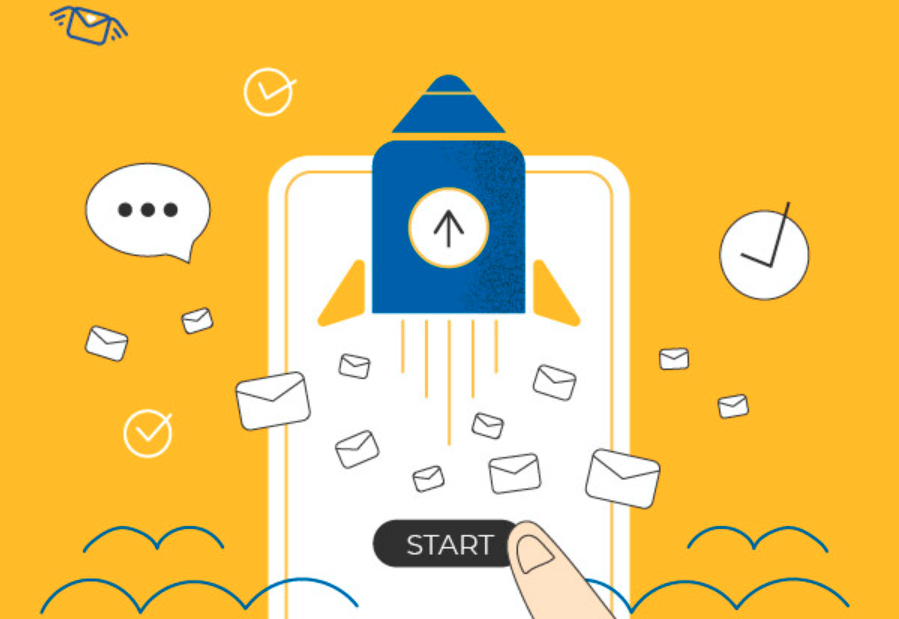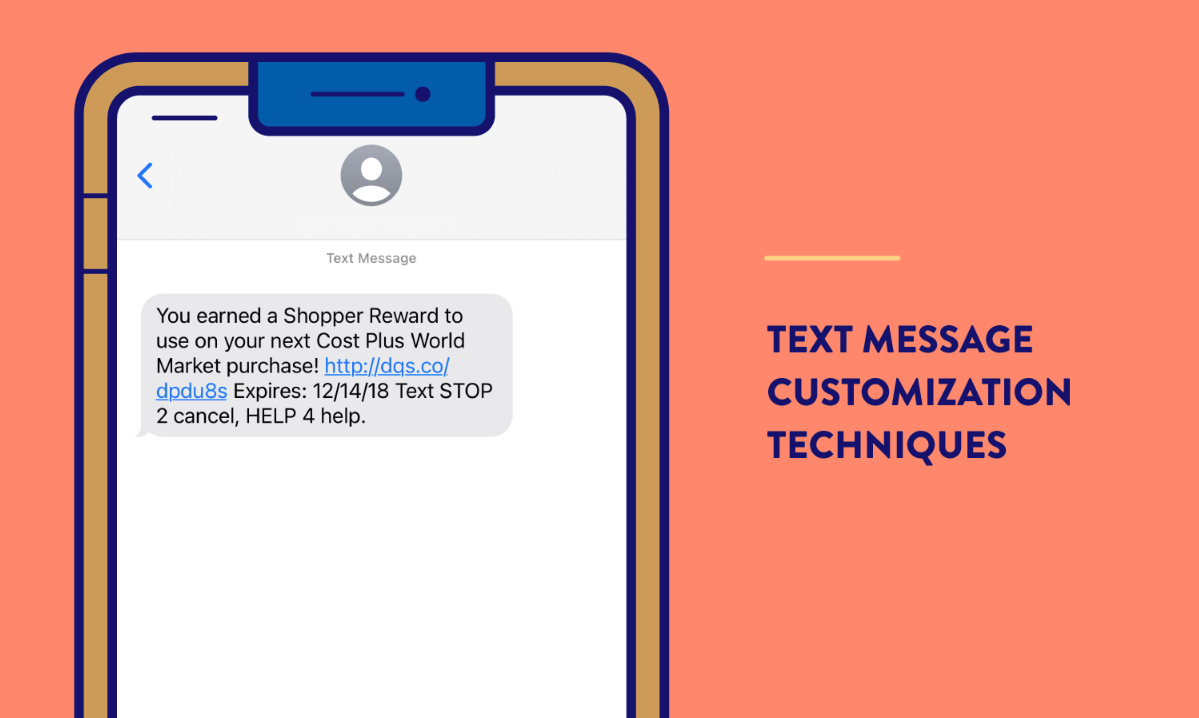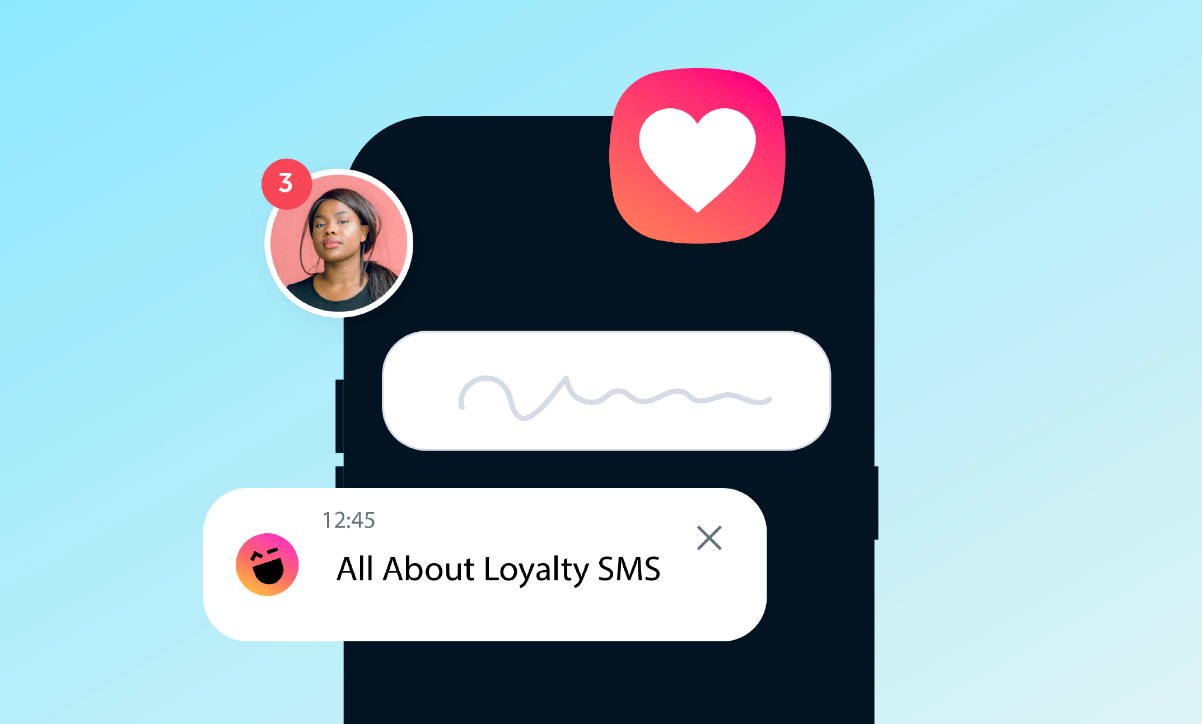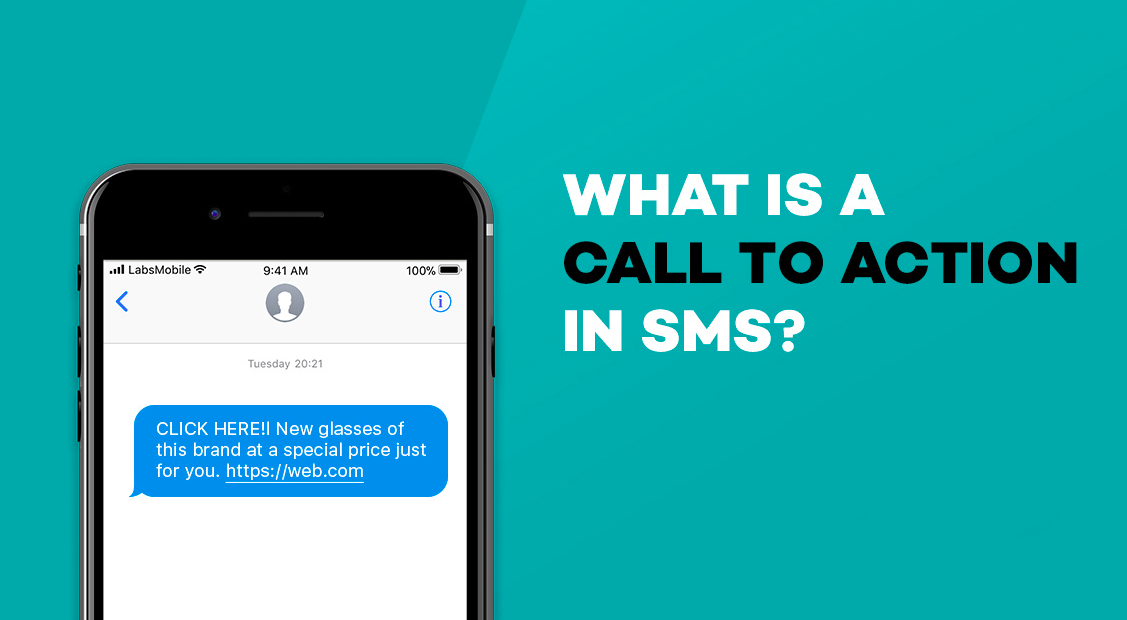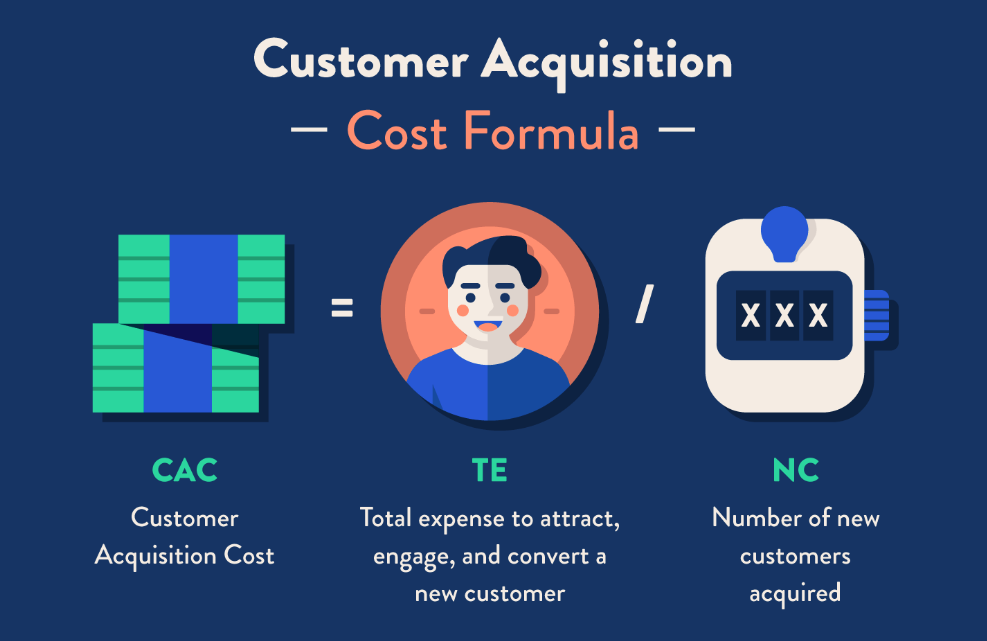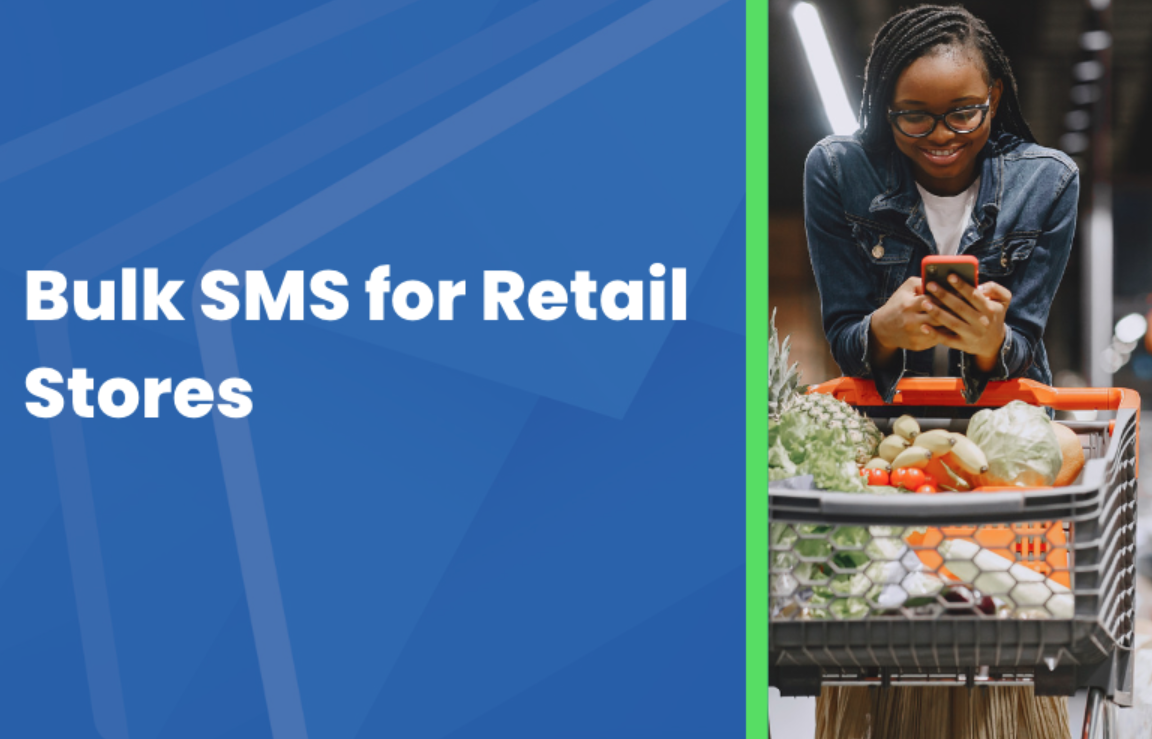Bulk SMS marketing has become an essential tool for businesses seeking to engage with their audience directly and efficiently. A well-executed bulk SMS campaign can drive significant engagement, conversions, and brand loyalty. This article will guide you through the lifecycle of an effective bulk SMS campaign, from planning and execution to monitoring and optimization, ensuring your campaign achieves its goals and delivers maximum impact.
Bulk SMS marketing stands out due to its immediacy and high engagement rates. Unlike emails that may sit unopened in inboxes, text messages are usually read within minutes of being received. This immediacy makes SMS a potent tool for time-sensitive offers and communications. Furthermore, the personal nature of text messages fosters a closer connection between brands and consumers, which can significantly influence purchasing decisions and brand loyalty.
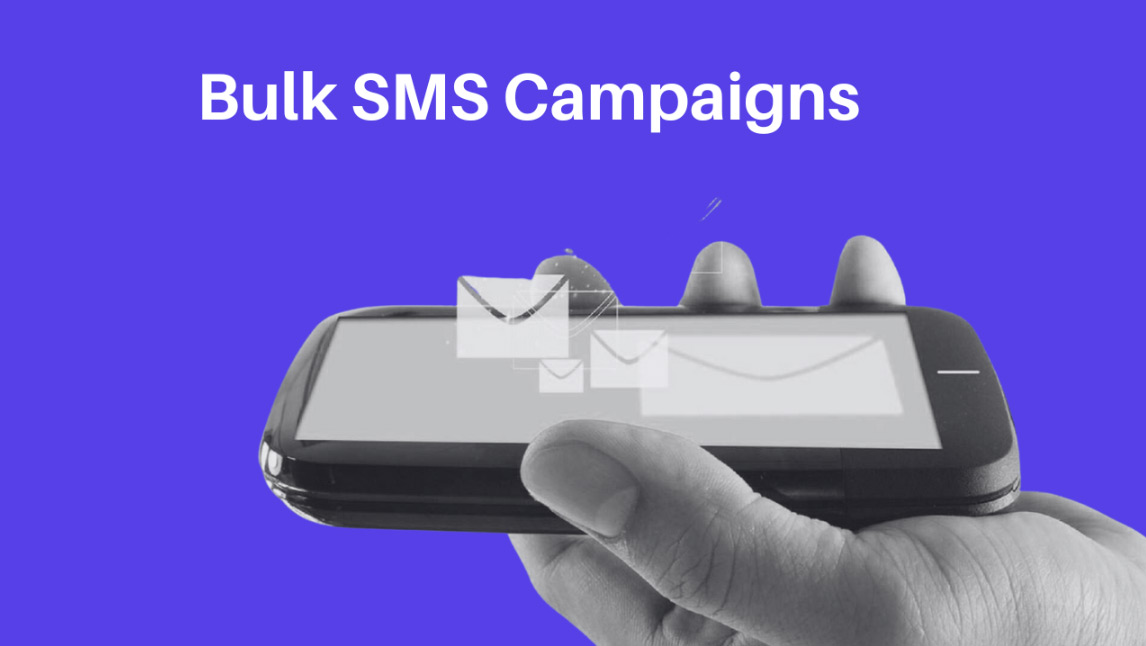
Planning Your Bulk SMS Campaign
Define Your Goals
The first step in planning an effective bulk SMS campaign is to clearly define your goals. What do you want to achieve with your campaign? Common goals include increasing sales, driving website traffic, promoting events, or enhancing customer engagement. Defining your goals will guide your strategy and help you measure the success of your campaign.
- Specificity: Your goals should be specific and detailed. Instead of vague goals like “increase sales,” specify targets like “increase sales by 20% over the next quarter.”
- Measurability: Ensure your goals are measurable so you can track progress. Use metrics such as sales figures, website traffic, or engagement rates to measure success.
- Achievability: Set realistic goals based on your resources and market conditions. Aim high but ensure your goals are within reach to maintain motivation and focus.
- Relevance: Align your goals with your overall business objectives. Your SMS campaign should contribute to broader company goals, such as brand awareness or customer retention.
- Time-Bound: Set a timeframe for achieving your goals. Establish deadlines to create a sense of urgency and keep your team focused.
Identify Your Target Audience
Understanding your target audience is crucial for the success of your SMS campaign. Identify the demographics, preferences, and behaviors of your audience. This information will help you tailor your messages to resonate with your audience and increase the effectiveness of your campaign.
- Demographic Analysis: Gather data on your audience’s age, gender, income, education, and occupation. This information will help you create messages that appeal to specific demographic groups.
- Behavioral Insights: Analyze your audience’s purchasing behavior, website activity, and engagement with previous campaigns. Understanding these behaviors will allow you to create relevant and timely messages.
- Segmentation: Segment your audience into smaller groups based on shared characteristics. This segmentation will enable you to send targeted messages that are more likely to resonate with each group.
- Customer Personas: Develop detailed customer personas that represent your target audience segments. Use these personas to guide your messaging and ensure it aligns with your audience’s preferences and needs.
Create a Compelling Offer
Your SMS campaign should provide value to the recipient. Create a compelling offer that encourages recipients to take action. This could be a discount, a limited-time promotion, exclusive content, or an invitation to an event. Ensure that your offer is relevant to your audience and aligned with your campaign goals.
- Exclusive Discounts: Offer special discounts that are only available to SMS subscribers. This exclusivity creates a sense of privilege and encourages recipients to take advantage of the offer.
- Limited-Time Promotions: Create a sense of urgency with time-sensitive promotions. Use phrases like “limited time only” or “expires soon” to prompt immediate action.
- Exclusive Content: Provide valuable content that is only available to SMS subscribers. This could include tips, tutorials, or insider information that enhances the recipient’s experience.
- Event Invitations: Invite recipients to special events, webinars, or workshops. Personalize the invitation to make recipients feel valued and appreciated.
Develop a Clear Call-to-Action
A clear and concise call-to-action (CTA) is essential for guiding recipients on what to do next. Whether it’s clicking a link, redeeming a discount code, or visiting a store, your CTA should be straightforward and compelling. Providing a sense of urgency can also enhance the effectiveness of your CTA. For example, phrases like “Limited time offer!” or “Shop now before it’s gone!” can encourage immediate action.
- Be Direct: Use clear and direct language for your CTA. Avoid ambiguity and make it clear what action you want the recipient to take.
- Create Urgency: Encourage immediate action by creating a sense of urgency. Use time-sensitive language to prompt recipients to act quickly.
- Highlight Benefits: Emphasize the benefits of taking action. Explain what the recipient will gain by following the CTA.
- Make it Easy: Ensure the CTA is easy to follow. Include clear instructions and remove any barriers to taking action.
Obtain Consent
Compliance with regulations is crucial in SMS marketing. Ensure that you have obtained consent from recipients before sending messages. This not only ensures compliance with regulations such as the Telephone Consumer Protection Act (TCPA) and the General Data Protection Regulation (GDPR) but also builds trust with your audience. Consent can be obtained through opt-in forms on your website, email campaigns, or social media promotions.
- Opt-In Forms: Create clear and concise opt-in forms that explain the benefits of subscribing to your SMS campaign. Ensure the form is easy to complete and accessible on multiple platforms.
- Double Opt-In: Use a double opt-in process to confirm consent. After initial sign-up, send a confirmation message to verify the recipient’s interest.
- Transparency: Be transparent about what recipients can expect from your SMS campaign. Explain the frequency and content of messages to set clear expectations.
- Easy Opt-Out: Provide an easy way for recipients to opt-out of your SMS campaign. Include opt-out instructions in every message to ensure compliance and maintain trust.
Crafting Your SMS Messages
Keep Messages Short and Sweet
Given the character limitations of SMS messages, it’s important to keep them short and to the point. Avoid unnecessary jargon and get straight to the point. The message should be easy to read and understand, with a clear call-to-action that encourages the recipient to take the desired action. Using concise language also ensures that the message fits within the character limit, making it more likely to be read in its entirety.
- Concise Language: Use concise and clear language to convey your message. Avoid unnecessary words and focus on the key points.
- Relevant Content: Ensure the content is relevant to the recipient. Personalize the message based on the recipient’s preferences and behaviors.
- Clear CTA: Include a clear and compelling call-to-action. Make it easy for the recipient to understand what they need to do next.
- Engaging Tone: Use an engaging tone that resonates with your audience. Make the message personal and relatable.
Personalize Your Messages
Personalization is a key component of effective SMS marketing. By addressing recipients by name and tailoring the content to their preferences and behaviors, businesses can create a more engaging and relevant experience. Personalization can include customized offers based on past purchases, location-based promotions, and personalized greetings. The more personalized the message, the more likely it is to resonate with the recipient and drive action.
- Name Personalization: Address recipients by name to create a personal connection. Use dynamic fields to insert the recipient’s name into the message.
- Purchase History: Tailor offers based on the recipient’s purchase history. Recommend products or services that align with their past purchases.
- Location-Based Promotions: Use location data to send relevant offers. Promote local events or offers that are specific to the recipient’s location.
- Special Occasions: Send personalized messages for special occasions such as birthdays or anniversaries. Offer exclusive discounts or promotions to celebrate the event.
Use Clear and Concise Language
The language used in your SMS messages should be clear and concise. Avoid using complex words or phrases that may confuse the recipient. The goal is to communicate your message quickly and effectively, so use simple language and focus on the key points.
- Simple Language: Use simple and straightforward language that is easy to understand. Avoid jargon or technical terms that may confuse the recipient.
- Key Points: Focus on the key points of your message. Ensure the most important information is conveyed clearly and concisely.
- Readability: Ensure the message is easy to read. Use proper grammar and punctuation to enhance readability.
- Action-Oriented: Use action-oriented language to encourage the recipient to take the desired action. Use verbs and direct language to prompt immediate action.
Include a Clear Call-to-Action
Every SMS message should include a clear call-to-action that tells the recipient what to do next. Whether it’s clicking a link, redeeming a discount code, or visiting a store, the call-to-action should be clear and compelling. Providing a sense of urgency can also enhance the effectiveness of the call-to-action. For example, phrases like “Limited time offer!” or “Shop now before it’s gone!” can encourage immediate action.
- Direct CTA: Use clear and direct language for your call-to-action. Avoid ambiguity and make it clear what action you want the recipient to take.
- Urgency: Create a sense of urgency to encourage immediate action. Use time-sensitive language to prompt recipients to act quickly.
- Benefits: Highlight the benefits of taking action. Explain what the recipient will gain by following the call-to-action.
- Simplicity: Ensure the call-to-action is easy to follow. Include clear instructions and remove any barriers to taking action.
Ensure Relevance and Value
Ensure that your SMS messages provide value to the recipient. This could be in the form of exclusive discounts, useful information, or personalized offers. Value-driven messages are more likely to be well-received and acted upon. By consistently delivering valuable content, businesses can build trust and loyalty among their audience, leading to higher engagement and conversion rates.
- Exclusive Discounts: Offer special discounts that are only available to SMS subscribers. This exclusivity creates a sense of privilege and encourages recipients to take advantage of the offer.
- Useful Information: Provide valuable information that is relevant to the recipient. Share tips, tutorials, or insider information that enhances the recipient’s experience.
- Personalized Offers: Tailor offers based on the recipient’s preferences and behaviors. Ensure the offers are relevant and appealing to the recipient.
- Value-Driven Content: Focus on delivering content that provides value to the recipient. Consistently delivering valuable content builds trust and loyalty with your audience.
Executing Your Bulk SMS Campaign
Choose the Right Timing
The timing of your SMS messages can significantly impact their effectiveness. Sending messages at optimal times, such as during lunch breaks or after work hours, can increase the likelihood of engagement. Understanding the habits and preferences of your target audience allows businesses to schedule messages when they are most likely to be read and acted upon. Additionally, timing messages to coincide with specific events or promotions can further enhance their effectiveness.
- Optimal Times: Identify the optimal times to send your messages. Consider factors such as the recipient’s daily routine, work schedule, and time zone.
- Time-Sensitive Offers: Use timing to your advantage by sending time-sensitive offers. Create a sense of urgency with limited-time promotions that prompt immediate action.
- Event Promotions: Schedule messages to coincide with specific events or promotions. Promote upcoming events or special offers that are relevant to the recipient.
- Frequency: Be mindful of the frequency of your messages. Avoid sending too many messages in a short period to prevent overwhelming the recipient.
Segment Your Audience
Segmenting your audience allows for more targeted and relevant messaging. By grouping customers based on their preferences and behaviors, you can deliver personalized content that resonates with each segment. Segmentation can be based on various factors, including demographics, purchase history, and engagement levels. By tailoring messages to each segment, businesses can increase the relevance and effectiveness of their SMS marketing campaigns.
- Demographic Segmentation: Segment your audience based on demographic factors such as age, gender, income, and location. Tailor messages to appeal to specific demographic groups.
- Behavioral Segmentation: Analyze your audience’s behavior and segment them based on their actions. Create segments for frequent buyers, recent purchasers, or inactive customers.
- Engagement Levels: Segment your audience based on their engagement levels. Identify highly engaged recipients and send them exclusive offers to reward their loyalty.
- Custom Segments: Create custom segments based on your specific business needs. Use data to identify unique segments that align with your campaign goals.
Use Automation Tools
Automation tools can streamline the execution of your bulk SMS campaign. Automated messages can ensure timely delivery, while analytics can provide insights into campaign performance and consumer behavior. Automation allows businesses to send triggered messages based on specific actions or events, such as abandoned cart reminders or birthday discounts. This ensures that messages are sent at the right time and are relevant to the recipient.
- Triggered Messages: Set up triggered messages based on specific actions or events. Send automated messages when a recipient takes a specific action, such as making a purchase or visiting your website.
- Timely Delivery: Use automation to ensure timely delivery of your messages. Schedule messages to be sent at optimal times based on the recipient’s preferences and behaviors.
- Personalized Content: Use automation to deliver personalized content. Tailor messages based on the recipient’s preferences, purchase history, and engagement levels.
- Analytics: Use automation tools to track key metrics and analyze campaign performance. Gain insights into open rates, click-through rates, and conversion rates to optimize your strategy.
Test Your Messages
Before sending your SMS messages to your entire audience, it’s important to test them. A/B testing allows you to compare different versions of a message and determine which one is more effective. Testing different elements such as the content, timing, and call-to-action can help you optimize your messages for better results. Use the insights gained from testing to make data-driven decisions and continuously improve your SMS marketing strategies.
- A/B Testing: Conduct A/B testing to compare different versions of your messages. Test variations in content, timing, and call-to-action to identify the most effective approach.
- Content Testing: Test different content variations to see what resonates best with your audience. Experiment with different offers, wording, and tone to optimize your messages.
- Timing Testing: Test different send times to determine the optimal timing for your messages. Analyze engagement rates at different times of the day to identify the best times to send your messages.
- Call-to-Action Testing: Test different call-to-action variations to see which one prompts the most action. Experiment with different wording, placement, and urgency to optimize your CTAs.
Monitor Performance
Regularly monitoring the performance of your SMS marketing campaigns is crucial for maintaining effectiveness. Use analytics to track key metrics such as open rates, click-through rates, and conversion rates. Analyzing this data can provide valuable insights into what is working and what needs to be improved. Be prepared to test different strategies and make adjustments based on the results.
- Open Rates: Track the open rates of your messages to see how many recipients are opening your messages. High open rates indicate that your messages are capturing the recipient’s attention.
- Click-Through Rates: Monitor the click-through rates to see how many recipients are taking action. High click-through rates indicate that your messages are driving engagement.
- Conversion Rates: Analyze the conversion rates to see how many recipients are completing the desired action. High conversion rates indicate that your messages are effective in driving action.
- Engagement Metrics: Track engagement metrics such as reply rates, opt-out rates, and social media shares to gain insights into how recipients are interacting with your messages.
Optimizing Your Bulk SMS Campaign
Analyze Campaign Results
After your campaign has been executed, it’s important to analyze the results. Reviewing key performance metrics such as open rates, click-through rates, conversion rates, and ROI will help you understand the effectiveness of your campaign. Identifying trends and patterns in the data can provide insights into what worked well and what areas need improvement.
- Data Analysis: Analyze the data from your campaign to identify trends and patterns. Look for insights into what worked well and what areas need improvement.
- Performance Metrics: Review key performance metrics such as open rates, click-through rates, and conversion rates. Use these metrics to measure the success of your campaign.
- ROI Analysis: Calculate the ROI of your campaign to see if it achieved your goals. Compare the cost of the campaign to the revenue generated to determine its effectiveness.
- Benchmarking: Compare your campaign results to industry benchmarks to see how you stack up. Use this information to identify areas for improvement and set new goals.
Gather Feedback
Gathering feedback from your audience can provide valuable insights into their experience with your SMS campaign. Conduct surveys or solicit feedback through follow-up messages to understand what your audience liked or disliked about your campaign. This feedback can help you make improvements and enhance the effectiveness of future campaigns.
- Surveys: Conduct surveys to gather feedback from your audience. Ask questions about their experience with your campaign and what they liked or disliked.
- Follow-Up Messages: Send follow-up messages to solicit feedback. Ask recipients to share their thoughts on the campaign and provide suggestions for improvement.
- Feedback Forms: Use feedback forms on your website or social media to gather insights. Encourage recipients to share their opinions and provide detailed feedback.
- Customer Interviews: Conduct customer interviews to gain deeper insights into their experience. Use these interviews to gather qualitative feedback and identify areas for improvement.
Make Data-Driven Adjustments
Use the insights gained from analyzing your campaign results and gathering feedback to make data-driven adjustments. Identify areas for improvement and implement changes to optimize your SMS marketing strategy. This could involve refining your messaging, adjusting your timing, or experimenting with different offers and incentives.
- Identify Areas for Improvement: Use the data and feedback to identify areas for improvement. Look for patterns and trends that indicate what needs to be changed.
- Implement Changes: Make data-driven adjustments to your strategy. Refine your messaging, adjust your timing, and experiment with different offers to optimize your campaign.
- Test Adjustments: Test the changes to see how they impact your campaign. Conduct A/B testing to compare different variations and identify the most effective approach.
- Continuous Improvement: Continuously monitor and optimize your campaign based on the data and feedback. Stay up-to-date with industry trends and best practices to ensure your SMS marketing remains effective.
Continuously Improve
Continuous improvement is key to maintaining the effectiveness of your SMS marketing efforts. Regularly review your campaign performance, gather feedback, and make data-driven adjustments to optimize your strategy. Stay up-to-date with industry trends and best practices to ensure that your SMS marketing campaigns remain relevant and effective.
- Regular Reviews: Regularly review your campaign performance to identify areas for improvement. Conduct periodic assessments to ensure your strategy remains effective.
- Gather Feedback: Continuously gather feedback from your audience to gain insights into their experience. Use this feedback to make ongoing improvements.
- Make Adjustments: Make data-driven adjustments to your strategy based on the insights gained. Continuously refine your messaging, timing, and offers to optimize your campaign.
- Stay Informed: Stay up-to-date with industry trends and best practices to ensure your SMS marketing remains relevant. Attend industry conferences, read industry publications, and participate in online forums to stay informed.
Maintain Compliance
Ensure that your SMS marketing practices remain compliant with regulations such as the Telephone Consumer Protection Act (TCPA) and the General Data Protection Regulation (GDPR). Regularly review your compliance processes and make any necessary updates to stay in line with regulatory requirements. This not only ensures compliance but also builds trust with your audience.
- Regulatory Awareness: Stay informed about the latest regulations and guidelines for SMS marketing. Regularly review your compliance processes to ensure they are up-to-date.
- Consent Management: Maintain accurate records of consent to ensure compliance. Use opt-in forms and double opt-in processes to confirm consent.
- Opt-Out Processes: Provide clear and easy ways for recipients to opt-out of your SMS campaign. Include opt-out instructions in every message to ensure compliance and maintain trust.
- Data Protection: Implement data protection measures to safeguard recipient information. Use encryption and secure storage methods to protect data from unauthorized access.
Conclusion
A well-executed bulk SMS campaign can drive significant engagement, conversions, and brand loyalty. By following the lifecycle of an effective bulk SMS campaign—from planning and execution to monitoring and optimization—businesses can achieve their marketing goals and deliver maximum impact. As you implement these insights, remember to keep your messages personalized, timely, and value-driven to create meaningful connections with your customers. Start harnessing the power of bulk SMS marketing today and see the impact it can have on your business.
The key to successful bulk SMS marketing lies in understanding the lifecycle of a campaign and leveraging strategies that enhance engagement and drive results. By focusing on personalization, immediacy, and value, businesses can build strong connections with their audience and drive higher engagement and conversion rates.

